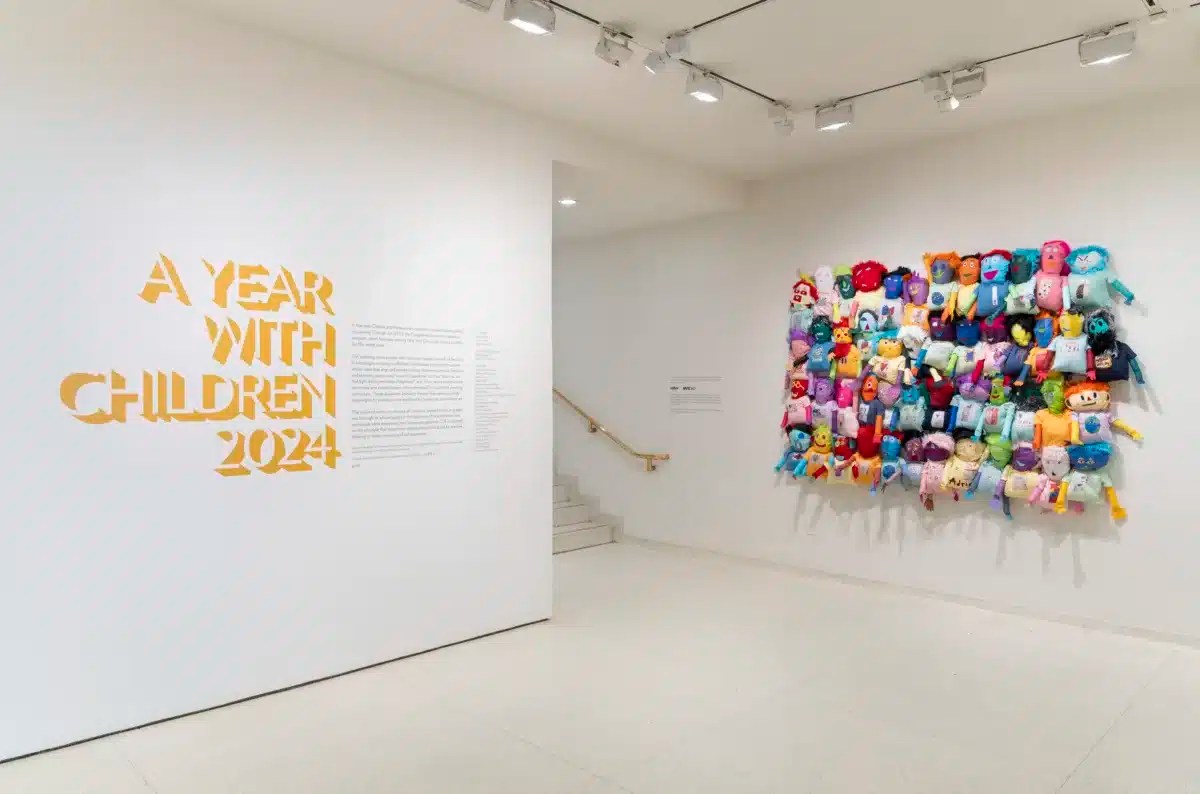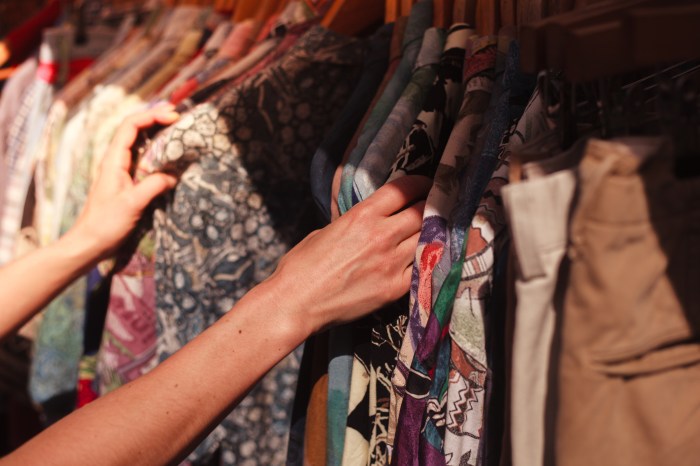Viewing the Guggenheim’s new Alberto Giacometti exhibition in the museum’s helical main gallery, an eerie realization settles in as you ascend: You’re being watched.
Eyes stare searchingly from the overwhelming majority of the nearly 200 sculptures, paintings and drawings on display, making for a captivating experience as, turn after turn, the art you are appraising is gazing back at you.
Giacometti was fixated on the face — and what it concealed, curator Megan Fontanella told amNewYork.
“The idea of capturing one’s spirit, or that universal spirit of humanity, those eyes were so critical for him,” she said, adding that highlighting that “direct encounter with the gaze” was a major part of mounting the exhibit.
“Giacometti” unspools a series of revelations for those familiar with the Swiss sculptor only through his sinewy, elongated figures of striding men and plumb women, enhanced here by the gallery’s gentle lighting that casts soft shadows onto the spare floors and recessed bays.
Sharing the spotlight with the statues are numerous sculpted heads of varying sizes and distortions, from early plaster models of his father to late works like “Monumental Head” from 1960, as well as more than a dozen paintings, almost exclusively portraits.
Catherine Grenier, director of the Fondation Giacometti in Paris, which loaned several of the works on display, traveled to New York for the opening and said Giacometti “worked and worked and worked” on his faces.
“He was absolutely obsessed by this question of the gaze,” she said.
Nowhere is this more evident than in “Black Annette,” a wide-eyed and subtly haunting 1962 portrait of his wife that opens the exhibit. Like most of Giacometti’s post-World War II paintings, it is almost completely devoid of color, just kinetic black and white brush strokes atop a wash of gray.
Giacometti (who died in 1966) actually began his career as a Cubist in the 1920s, producing works such as “Spoon Woman,” which shows the smooth curves of Brancusi, and “The Couple,” which echoes the disorienting portraiture of Picasso.
When his father died in 1933, Giacometti started to work more with live models, especially his brother and lifelong assistant, Diego. In 1946, Giacometti met Annette Arm. They married three years later and she posed for him almost daily, even as he also modeled several of his mistresses.
Fontanella said these intimate ties invite the viewer into Giacometti’s art. “He’s not depicting heroes,” she said, “he’s depicting everyday people. And he’s knee-to-knee in the studio with his friends, his brother, and you feel that.”
As simple as Giacometti’s art can appear at a glance, it exudes pathos and yearning, whether in sculptures that have been pulled so thin they seem to drip rather than rise, or portraits that hover above the canvas, clamoring for attention.
What is also inescapable is Giacometti’s overwhelming sense of striving. Like so many creative types, he seemed to know what he wanted to say, but never felt he was saying it quite right.
“He had something to express,” Grenier said, “but every day he wanted to try again, with a new way, a new experimentation, to express it better. And he was never satisfied with his work.”
‘Giacometti’ is on display at the Guggenheim Museum through Sept. 12, 1071 Fifth Ave., guggenheim.org

















